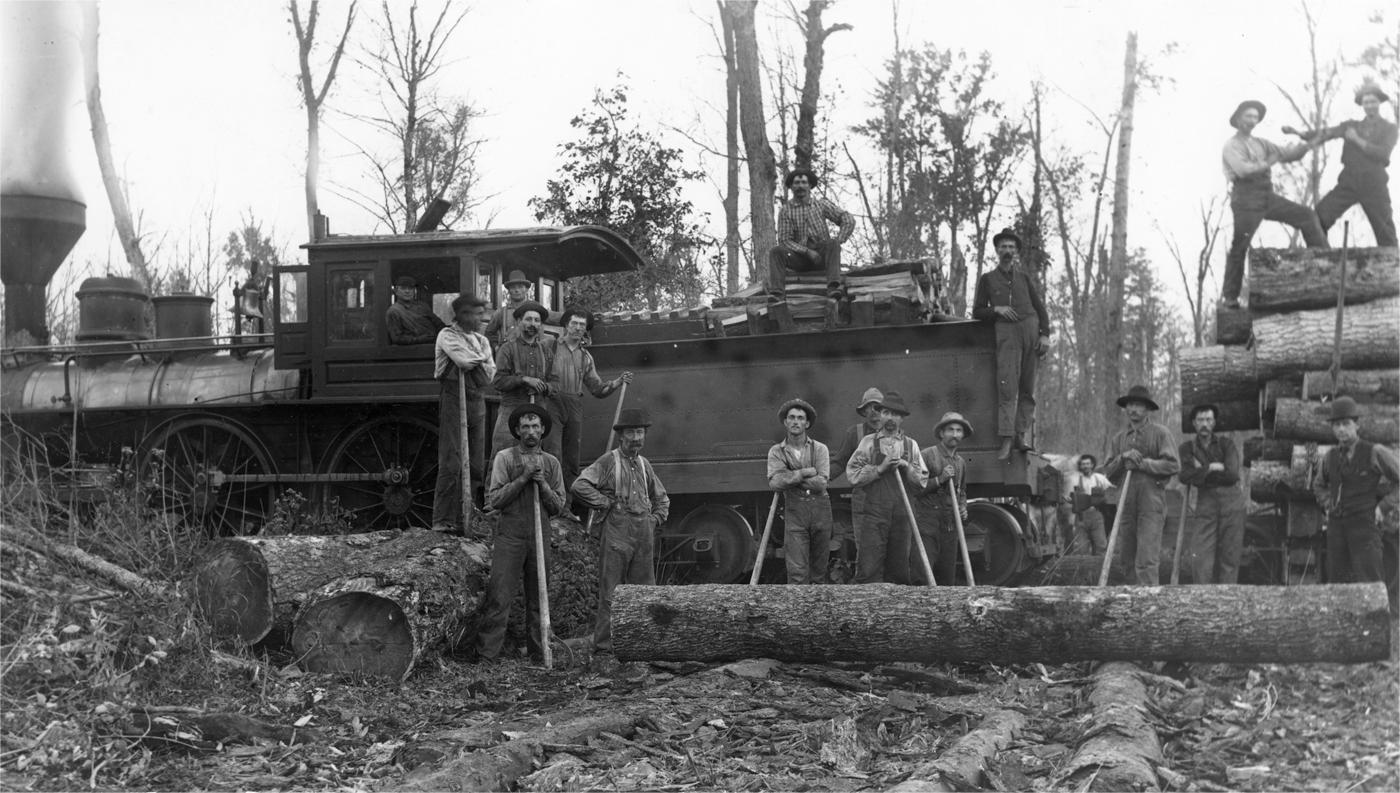Secrets Of Wisconsin’s Marinette Logging Boom Towns

Have you ever wondered what life was like in Wisconsin's Marinette logging boom towns? These towns, once bustling with activity, played a crucial role in the state's history. During the late 19th and early 20th centuries, logging was a major industry in Wisconsin, and Marinette was at the heart of it all. The forests were filled with towering pines, and the rivers were used to transport logs to mills. Workers lived in rough conditions but were part of a thriving community. Today, remnants of these towns offer a glimpse into a bygone era. Let's take a closer look at the fascinating history and legacy of these logging boom towns.
Discovering Marinette's Logging Boom Towns
Marinette County, Wisconsin, is a hidden gem with a rich history tied to the logging industry. During the late 19th and early 20th centuries, this area thrived as a hub for logging operations. Today, remnants of these boom towns offer a glimpse into the past. Let's explore some of these fascinating places.
Peshtigo: The Town That Rose from Ashes
Peshtigo is known for the tragic fire of 1871, which claimed many lives and destroyed much of the town. However, it also played a significant role in the logging industry.
Peshtigo Fire Museum: This museum tells the story of the devastating fire and showcases artifacts from the logging era. It's a must-visit for history buffs.
Peshtigo River: The river was crucial for transporting logs. Today, it's a beautiful spot for kayaking and fishing, offering a serene escape.
Marinette: The Heart of Logging Operations
Marinette, the county seat, was a bustling center for logging activities. Its strategic location along the Menominee River made it a key player in the industry.
Menominee River: This river was the lifeline for log transportation. Visitors can enjoy scenic boat tours and learn about its historical significance.
Marinette Logging Museum: This museum provides an in-depth look at the tools, techniques, and lives of loggers. It's an educational experience for all ages.
Crivitz: A Gateway to the Northwoods
Crivitz served as a gateway to the dense forests of northern Wisconsin. It was a vital supply point for logging camps.
Crivitz Logging Camp: Step back in time at this recreated logging camp. Experience the daily life of loggers and see authentic equipment.
High Falls Flowage: This reservoir was created to support logging operations. Today, it's a popular spot for fishing, boating, and camping.
Wausaukee: A Town Built on Timber
Wausaukee's economy was heavily dependent on the logging industry. The town's heritage is still evident in its architecture and community events.
Wausaukee Lumberjack Days: This annual event celebrates the town's logging history with competitions, parades, and family-friendly activities.
Wausaukee Historical Society: Learn about the town's past through exhibits and guided tours. The society preserves many artifacts from the logging era.
Goodman: A Company Town with a Rich Legacy
Goodman was established by the Goodman Lumber Company. It was a classic company town, with the company providing housing, schools, and other amenities for workers.
Goodman Park: This park offers hiking trails, picnic areas, and a glimpse into the town's logging past. It's a great place for outdoor enthusiasts.
Goodman Historical Society: Discover the history of the Goodman Lumber Company and its impact on the community. The society hosts events and maintains a collection of historical documents.
Amberg: A Small Town with Big History
Amberg may be small, but it played a significant role in the logging industry. Its proximity to the Pike River made it an ideal location for log transportation.
Amberg Historical Museum: This museum showcases the town's logging history and features exhibits on local wildlife and geology.
Pike River: The river was essential for moving logs downstream. Today, it's a peaceful spot for fishing and canoeing.
Niagara: Where Waterfalls Meet Logging History
Niagara is known for its stunning waterfalls and rich logging history. The town's natural beauty and historical significance make it a must-visit.
Niagara Falls: Not to be confused with the famous falls in New York, these waterfalls are a picturesque spot for hiking and photography.
Niagara Historical Society: Learn about the town's logging past and its development over the years. The society offers tours and educational programs.
Discovering Marinette's Logging Legacy
Marinette's logging boom towns offer a fascinating glimpse into Wisconsin's rich history. These towns, once bustling with loggers and sawmills, now stand as quiet reminders of a bygone era. Visiting places like Peshtigo and Menominee, you can almost hear the echoes of axes and saws that once filled the air. The museums and historical sites provide a deeper understanding of the challenges and triumphs faced by those who lived through the logging boom. Exploring these areas not only enriches your knowledge but also connects you to the hardworking spirit that built this region. Whether you're a history buff or just looking for a unique travel experience, Marinette's logging towns are worth the trip. So pack your bags, hit the road, and step back in time to discover the secrets of Wisconsin's logging legacy.

